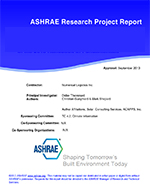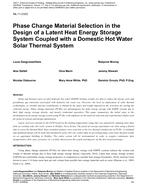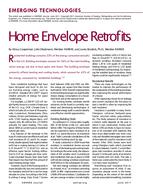Building insulation materials are extensively used to reduce the heat gain (or losses) through the building envelope which leads to reduce the building thermal load and consequently its energy consumption. The performance of thermal insulation material is mainly determined by its thermal conductivity (k), which mainly depends from the macroscopic point of view on its density, temperature, water content, thickness and age. The k-value is normally evaluated at 24°C (i.e., k24) according to ASTM standards. Actually, the thermal insulation material when placed in the building envelope may be subjected to high ambient temperature and moisture content, especially in harsh climate. The main objective of this study is to investigate the relationship between the temperature and thermal conductivity of various densities of polystyrene, which is widely used as building insulation material in Oman. Four levels of densities of samples have been considered. The measurement of the k- value has been undertaken for the four densities of samples using a developed experimental apparatus based on the guarded hot plate principle. A simple building has been modeled and the envelope-induced cooling load has been calculated with the change of the thermal conductivity under varoius opearating temperature. This would lead to a more realistic thermal assessment and energy requirements of buildings.
Citation: First International Conference on Energy and Indoor Environment for Hot Climates, Doha, Qatar, February 2014
Product Details
- Published:
- 2014
- Number of Pages:
- 8
- File Size:
- 1 file , 1.7 MB
- Product Code(s):
- D-2014FICEConf-13-2


